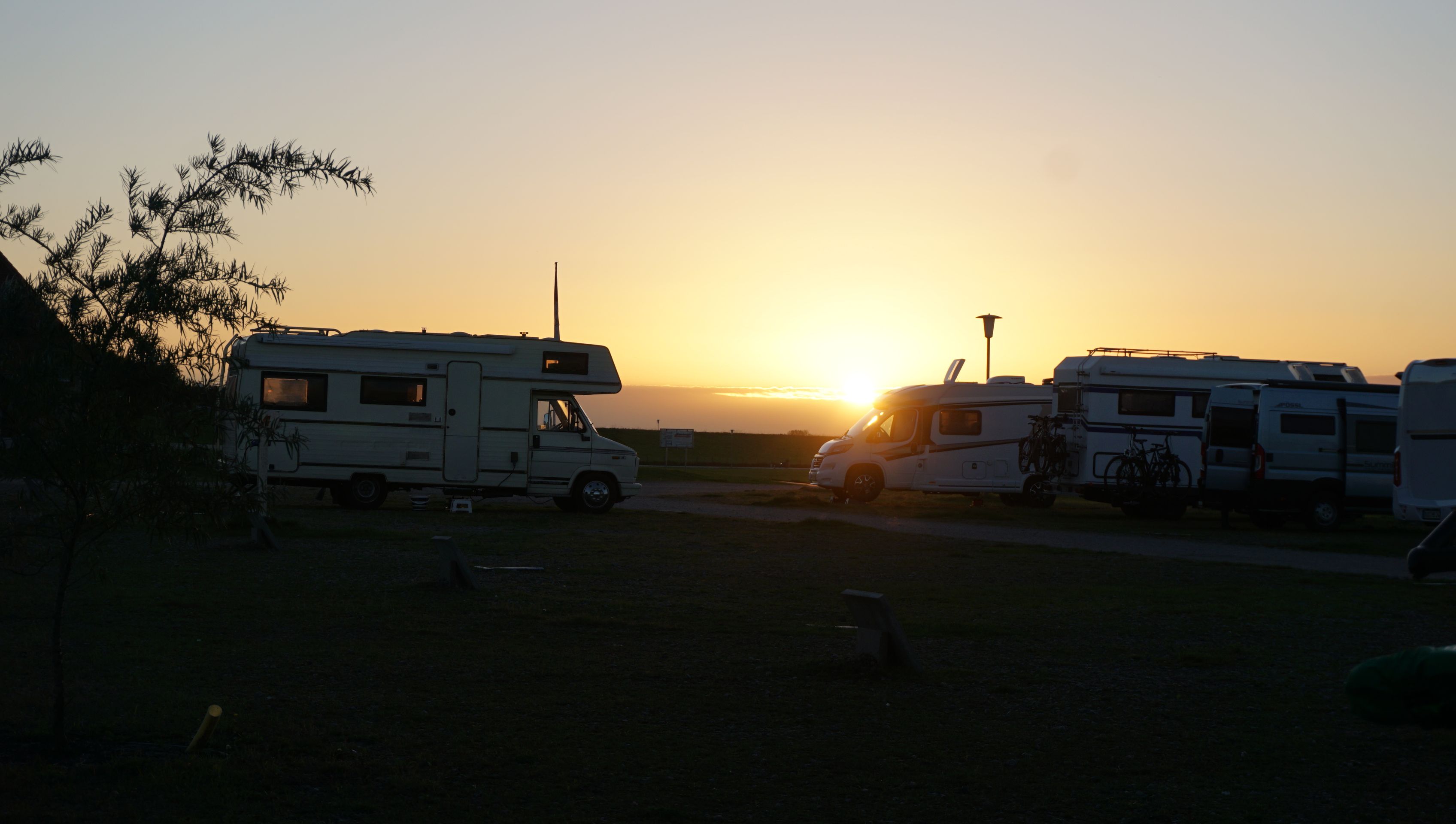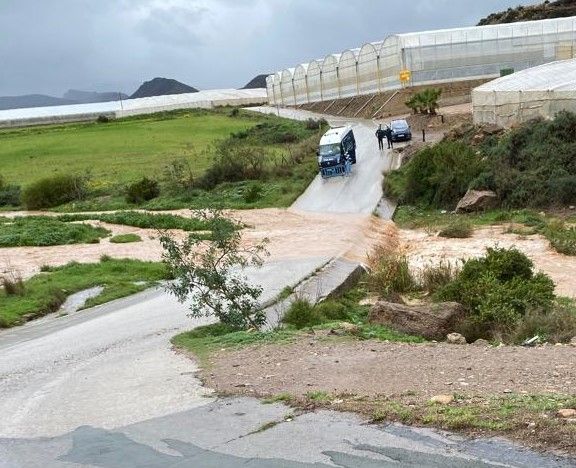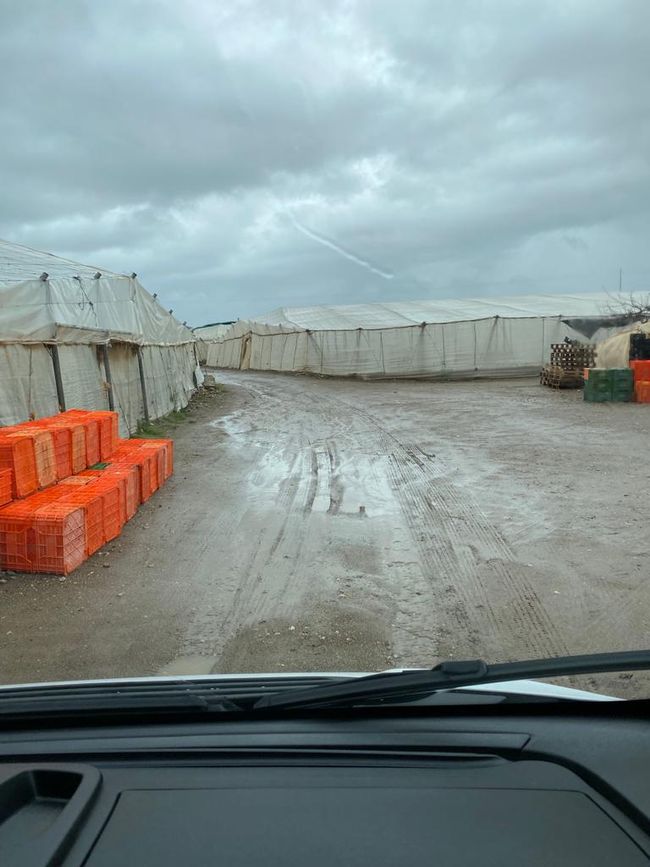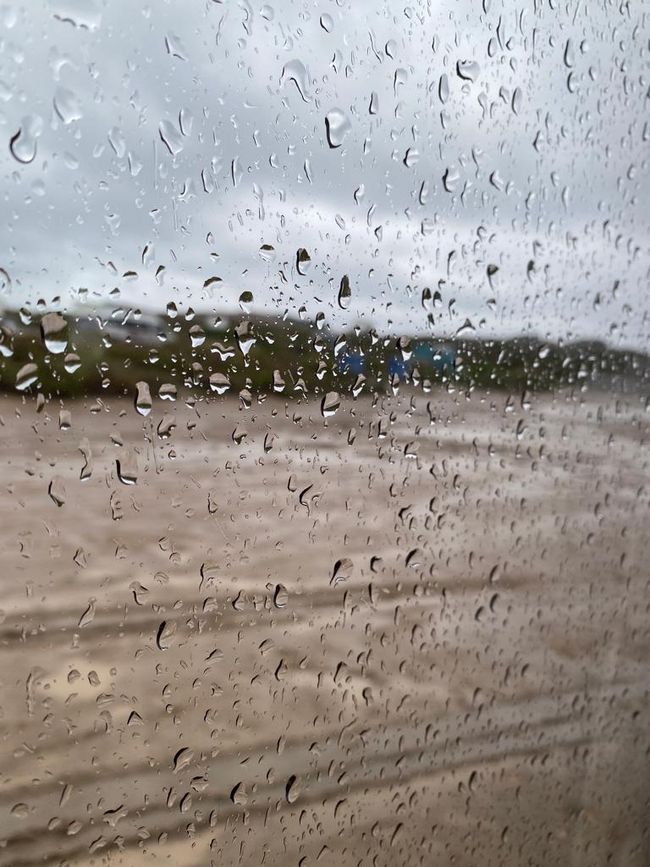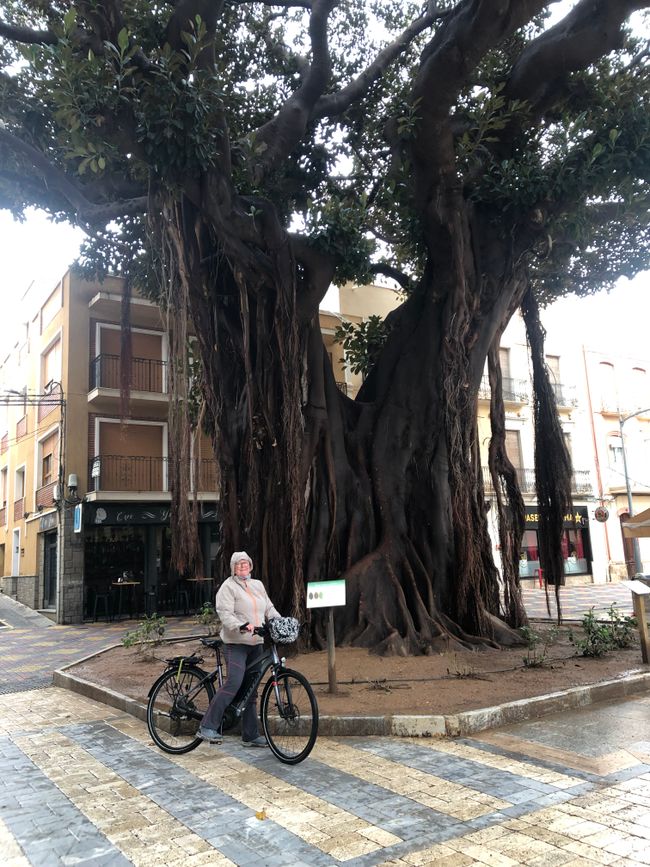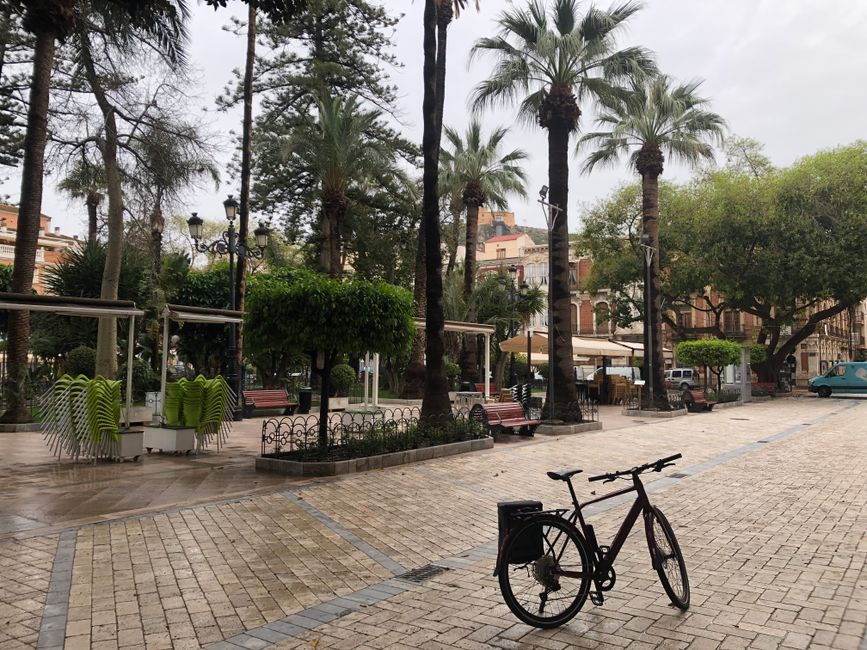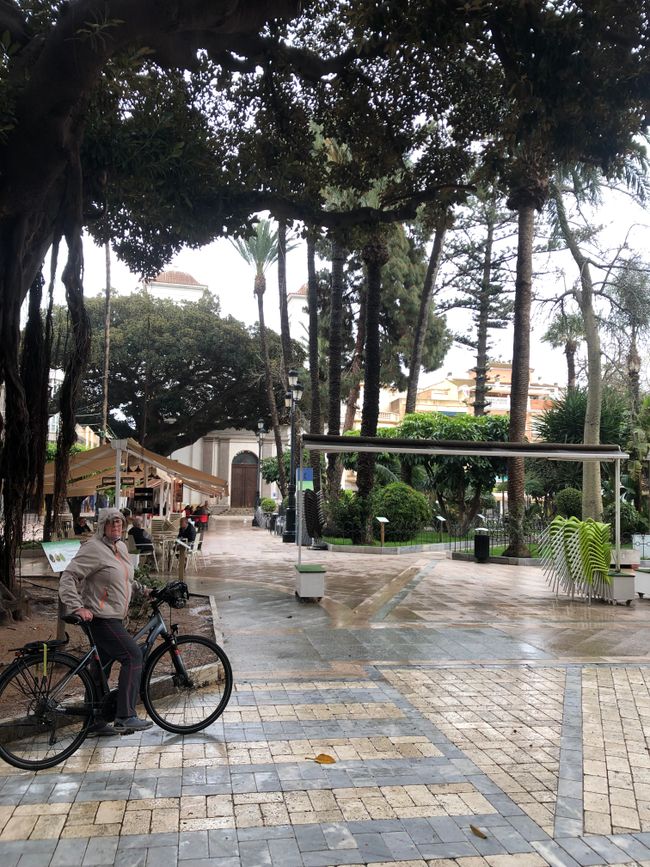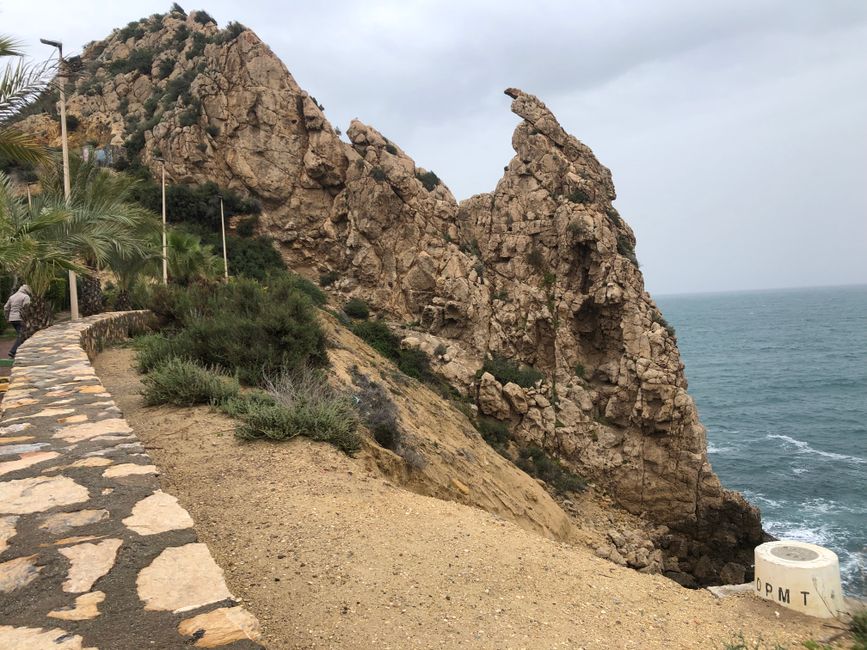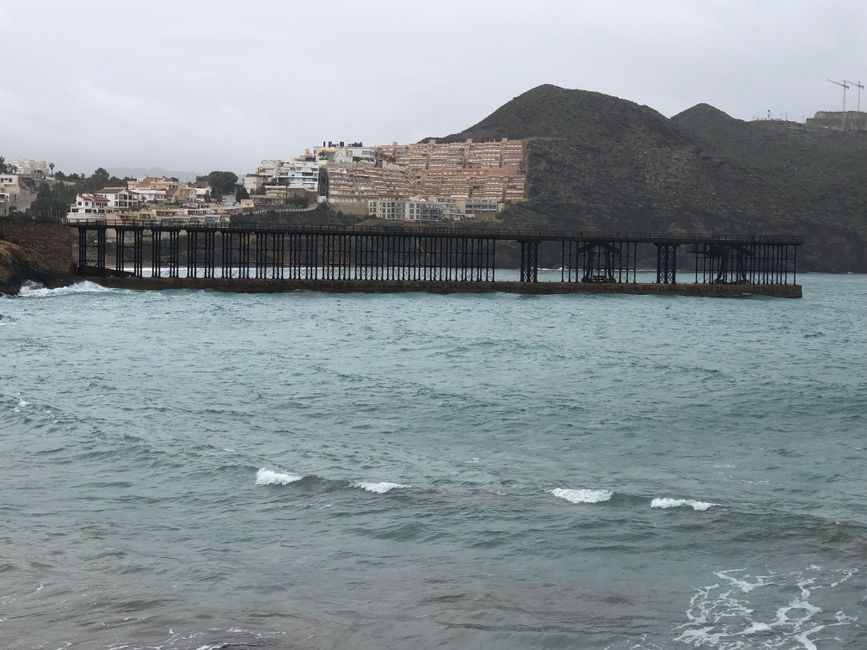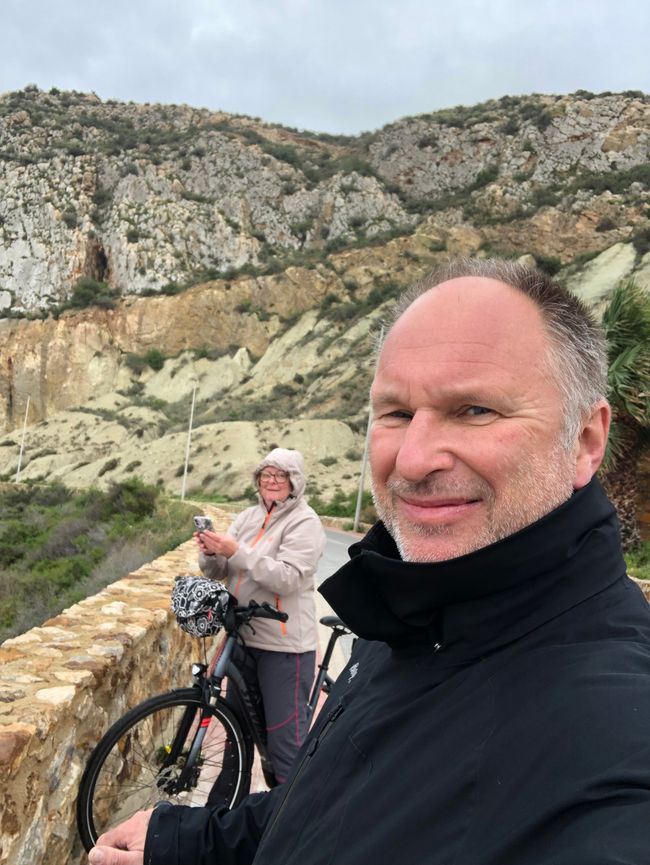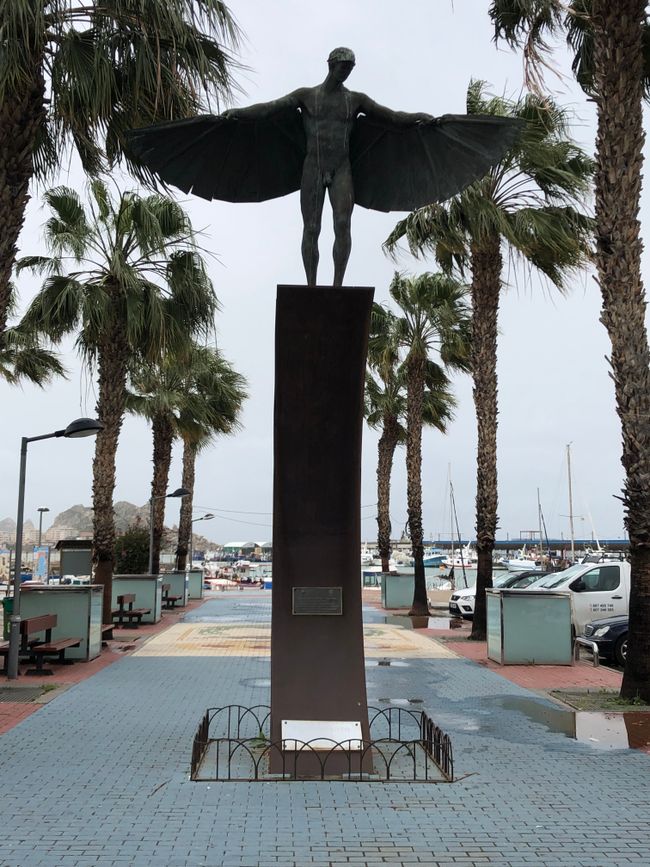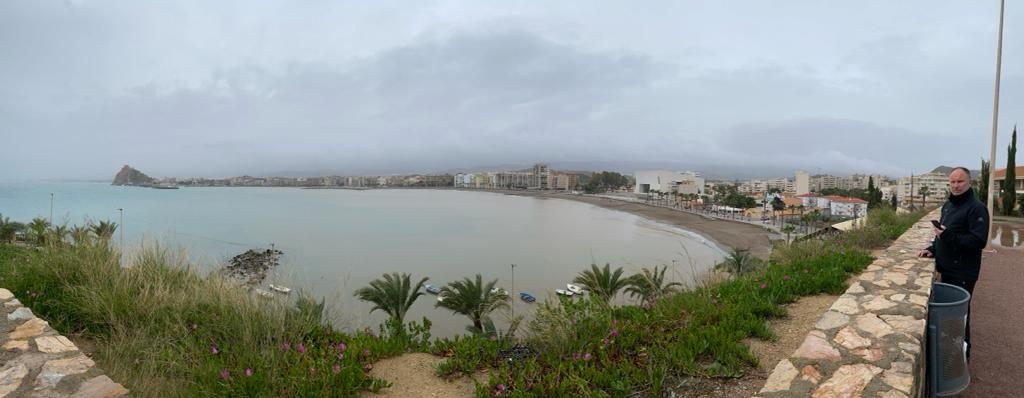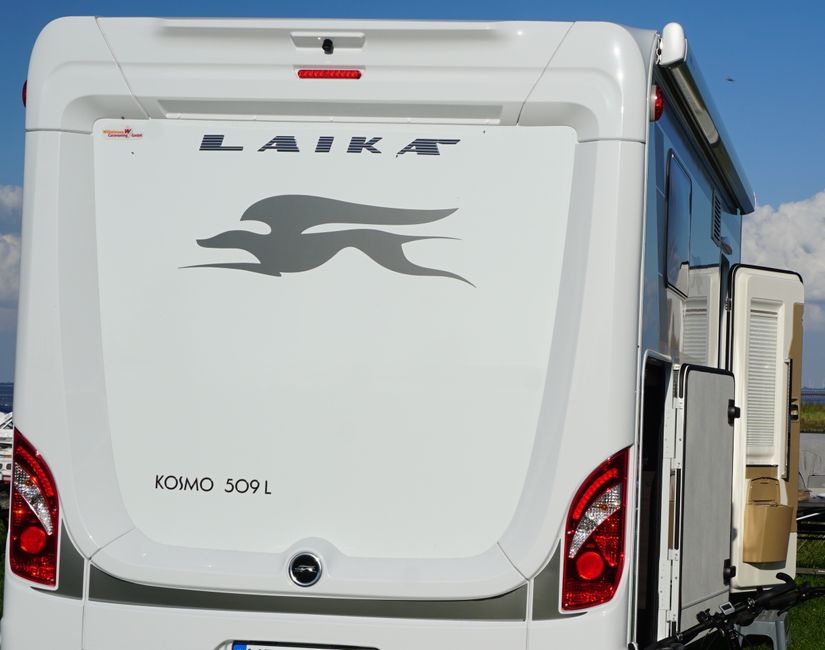
laik-a-dream
vakantio.de/laik-a-dream
# Day 24 Storm in Spain
Ku kandziyisiwile: 24.03.2022
Tsarisa eka Xiphephana xa Mahungu
It's getting uncomfortable here. Our pitch on the beach is starting to flood, the puddles have turned into small lakes, and the gravel parking lot has become a muddy mess.
It rained all night and the morning is wet as well. The place is getting emptier, everyone except the long-term campers is leaving one by one. As much as I would like to experience the beach in the sunshine, we will also leave.
I quickly say goodbye to Arno from Langwedel and then we cautiously make our way out through the muddy area.
We thought we made it. But after just one kilometer, the journey came to an end. A small, inconspicuous river that we hadn't noticed before suddenly carried a massive amount of water across the road. It was already blocked.
How do we get out of here now? Or do we have to go back to the beach? A thorough study of Google Maps showed a possibility through the wilderness between the greenhouse tents to the road to Calnegre. What else can we do...
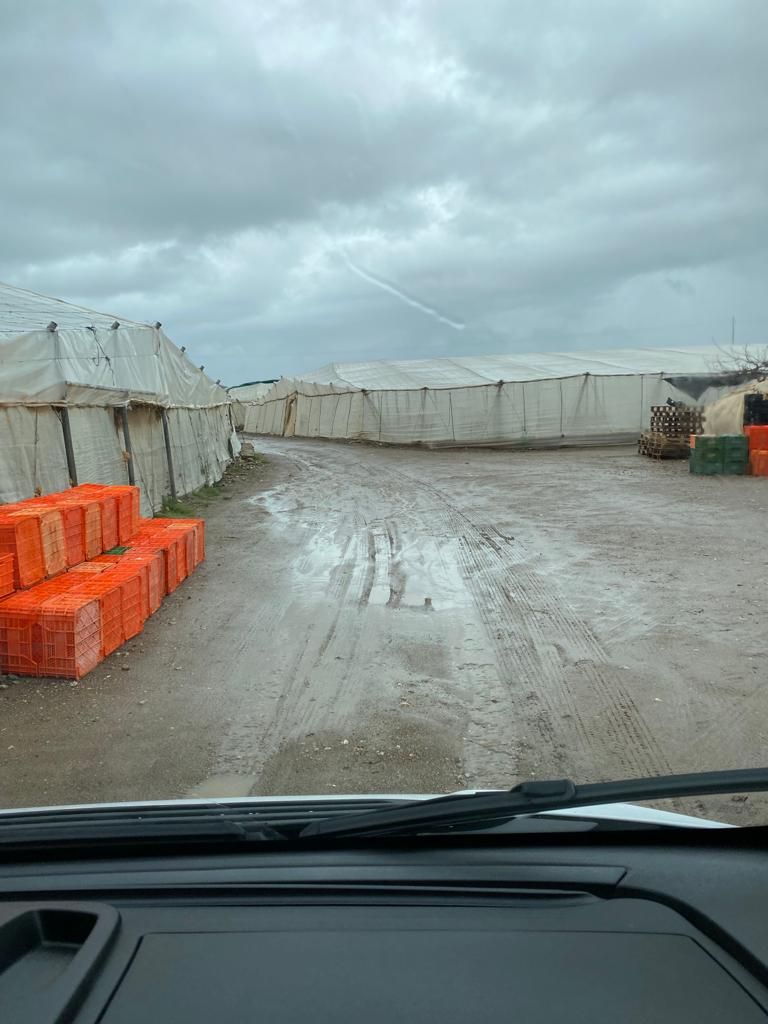
At the end of the dirt road, we realized that the way to the highway was also cut off by the river. The police were also there, closing the road.
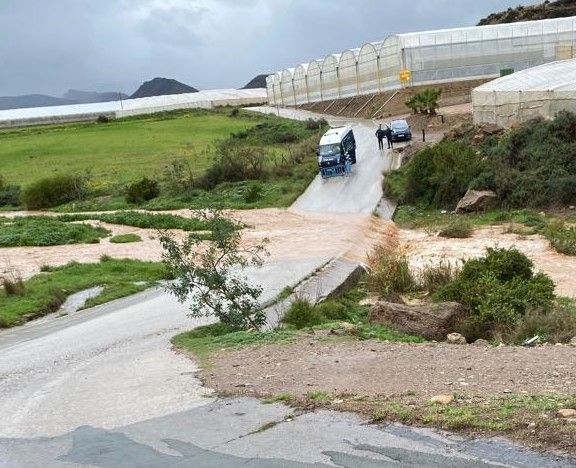
So we turned left and tried to reach the national road through Calnegre and over the mountain. We knew the road from our walk yesterday and we knew that there was also a dip in the road.
That dip was, of course, filled with water and the water was finding its way. There were already a few people around an old Renault R4 that got stuck. They were German campers from the nearby campsite, offering their advice:
... no problem, you can get through
... I wouldn't do it, the ground is not solid.
Apparently, someone had managed to get through before. After 20 minutes of weighing our options and after one of the campers went through barefoot, we dared to cross - and we made it. Phew...
Unfortunately, there is no photo of this adventure, only in our memories.
We don't want to drive far. In Aguilas, 40 km away, there is a campsite with electricity and showers near the city. We treat ourselves to that, especially since the rain is supposed to last for another 2 days.
In the afternoon, I read on the internet about the severe effects of the continuous rain in southern Spain in the Valencia region. The pictures make me uneasy because we were lucky to get out of the dead end at the beach.
The afternoon is dry, so we take out the bikes and explore the city.
Aguilas has a long beach promenade from one end to the other. On the south side of the city, the fortress Castillo de San Juan towers 85 meters above the city. It served as protection against pirate attacks in the 18th century and can be visited today.
One bay further, there is an old loading station for the transport of iron ore, lead, and silver into the sea. The Embarcadero del Hornillo stands as a monument to the time when Aguilas was an important mining port.
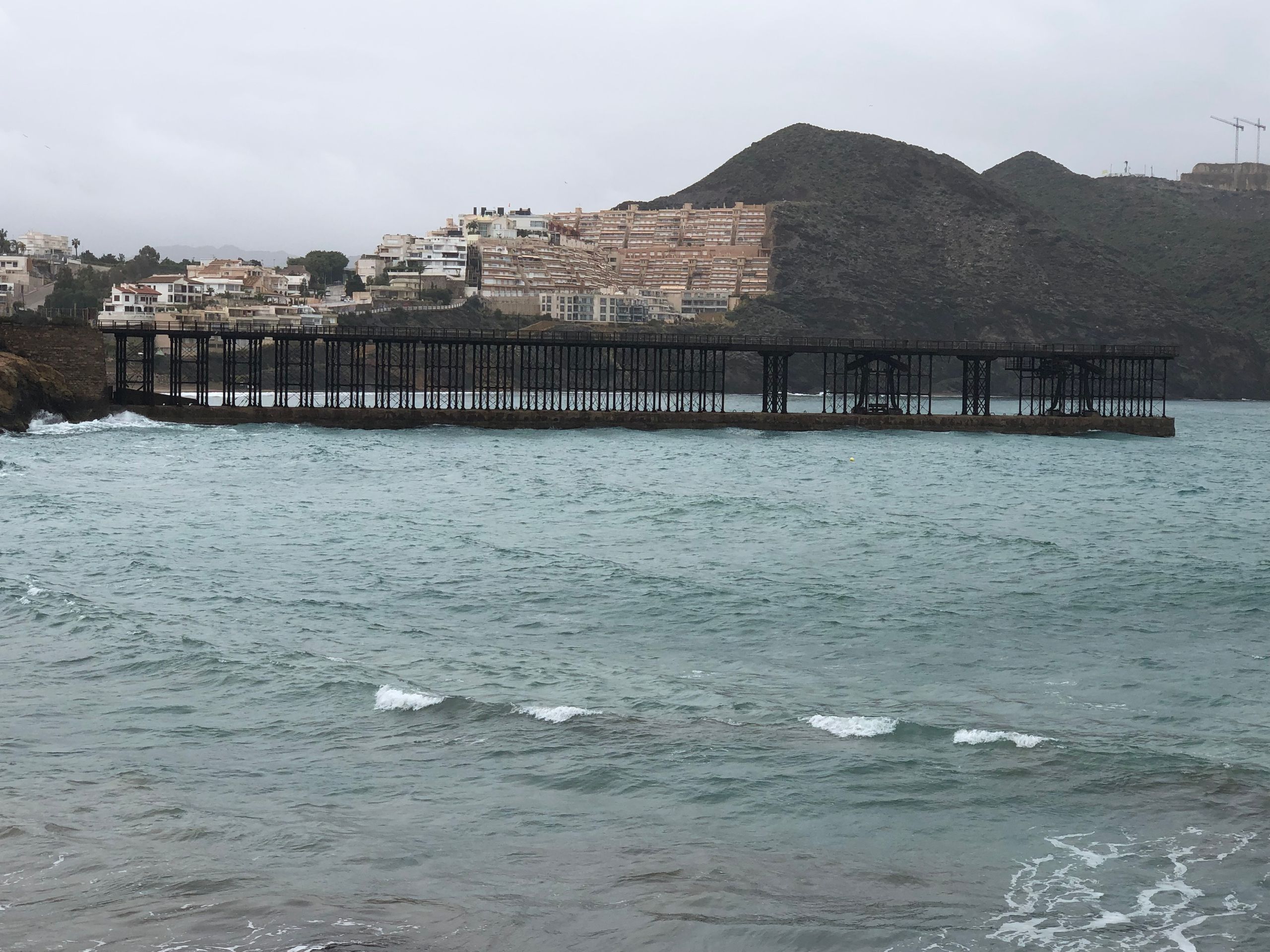
Today, the focus is on tourism and the cultivation of agricultural products.
There is still a highlight at the end of January when the carnival season begins. Aguilas is a carnival stronghold and maintains this tradition in Spain.
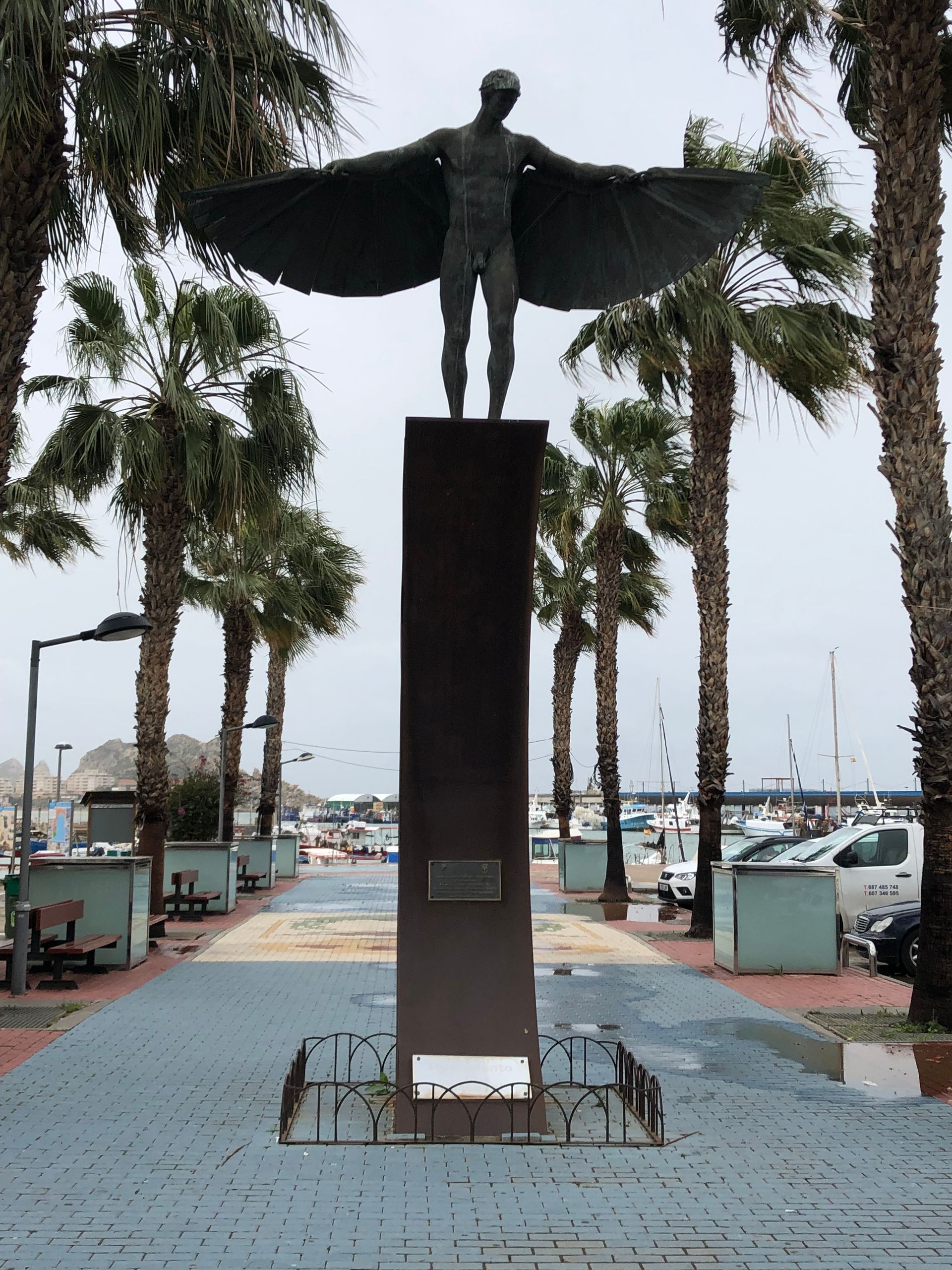
Among the prominent Aguilas residents was the television presenter Dieter Thomas Heck, who lived in the Calabardina district (2009 - 2018).
Alright, enough culture. We still need to go shopping and then cook a delicious meal in the motorhome.
Tsarisa eka Xiphephana xa Mahungu
Nhlamulo
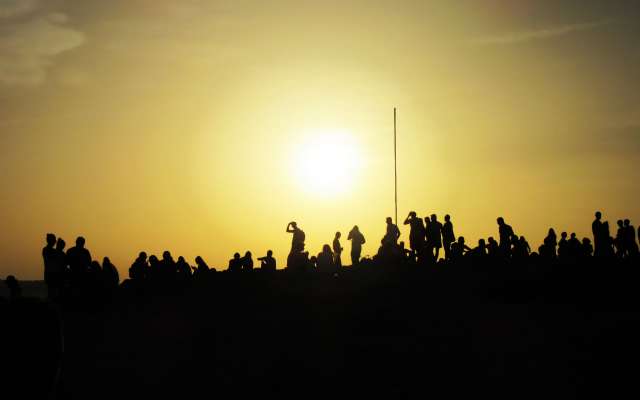
Swiviko swa maendzo Spain
